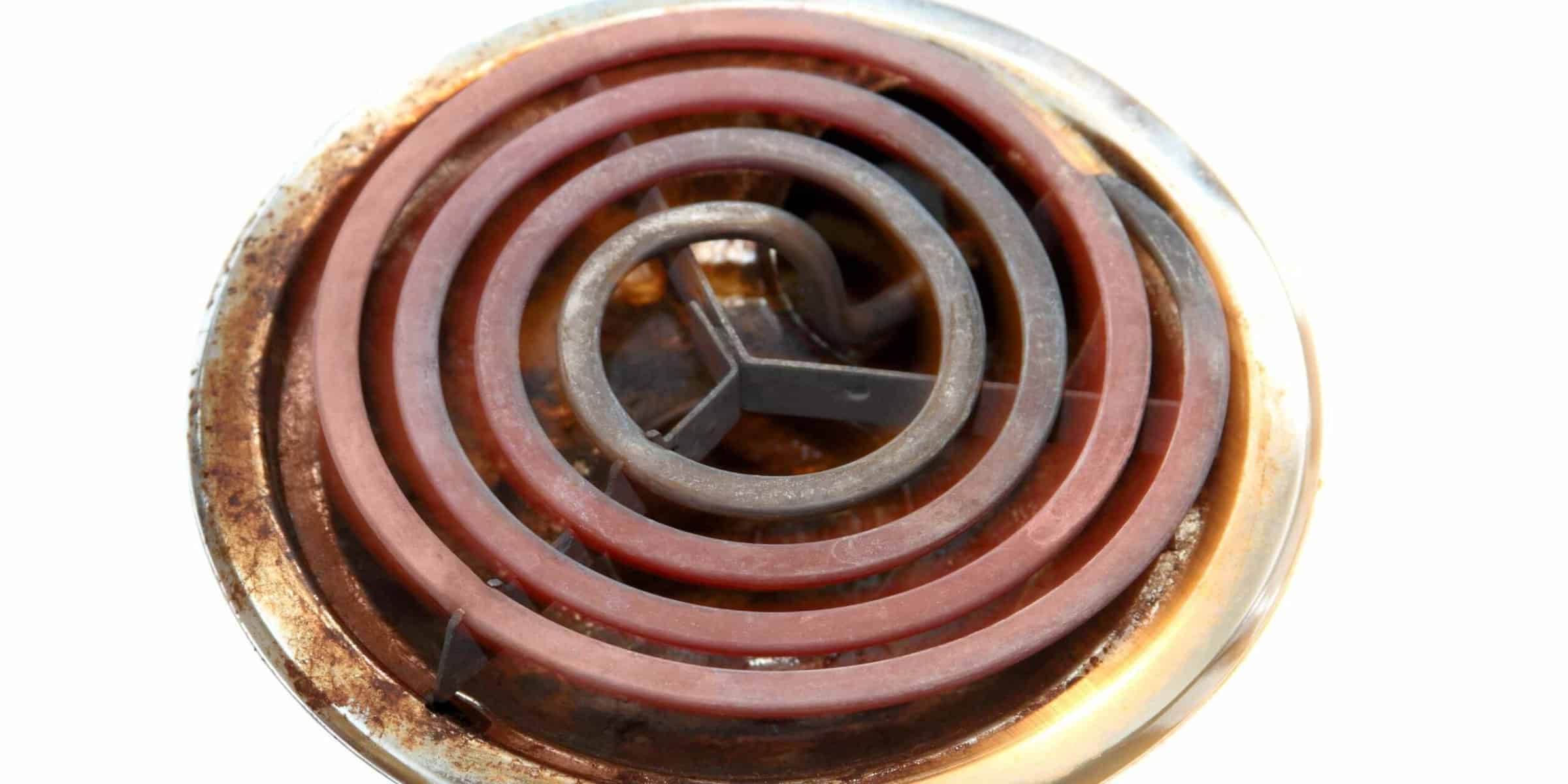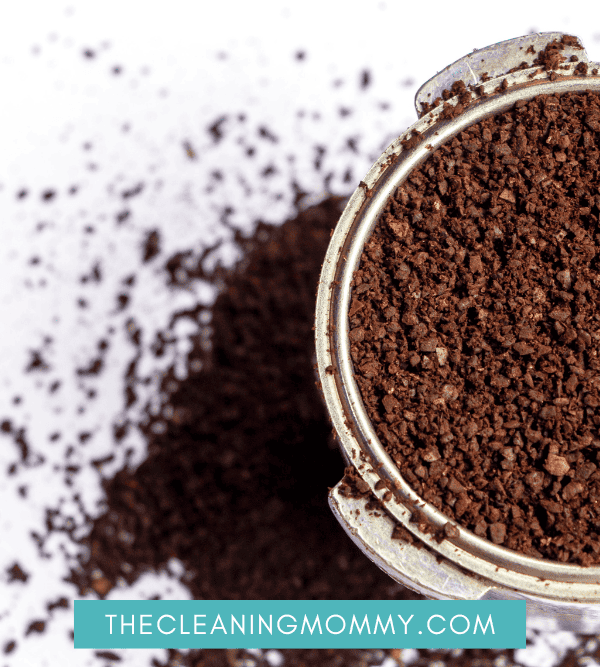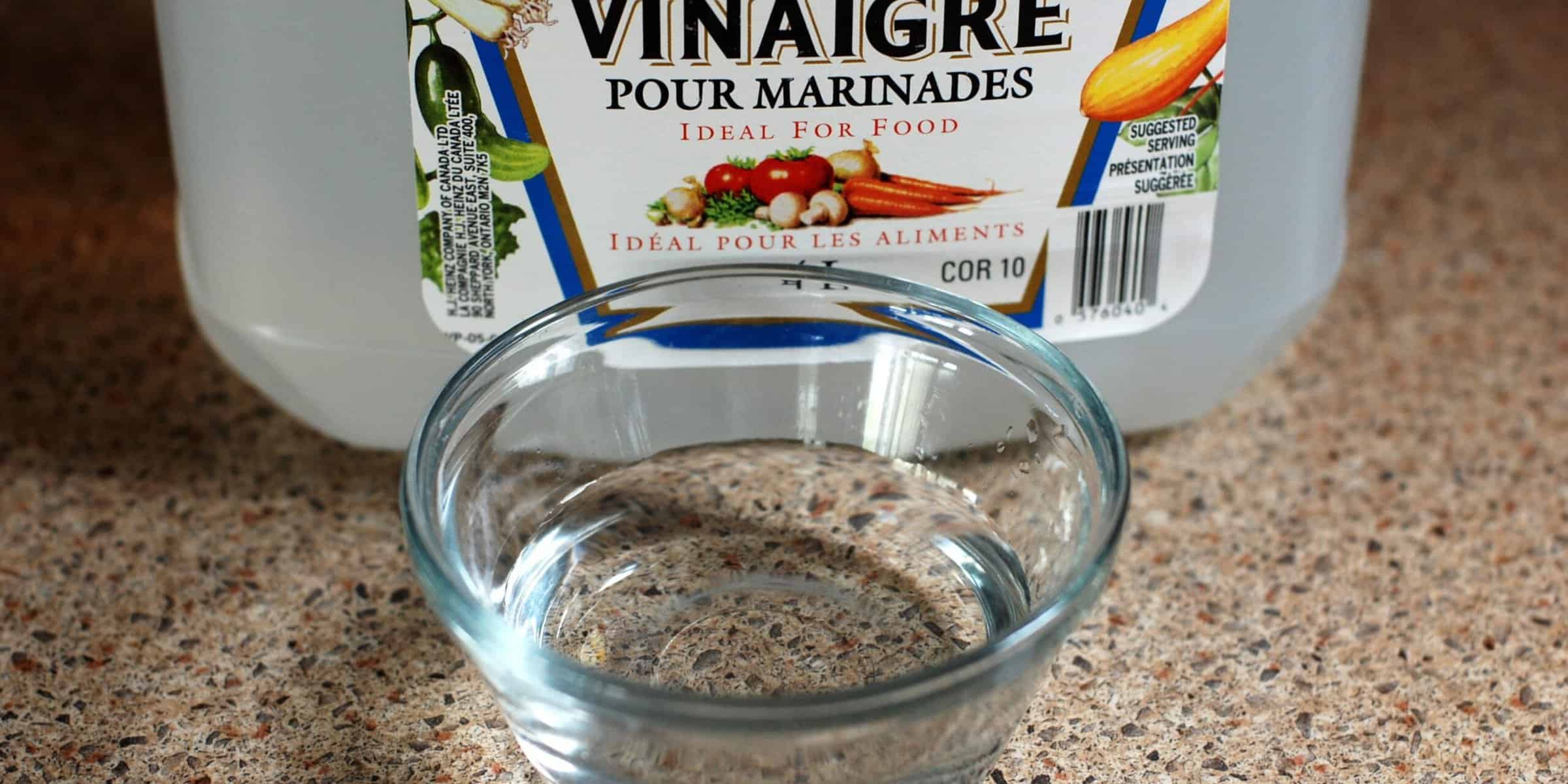Cleaning electric stovetop burners is a necessary but tedious task. It’s important to clean them regularly in order to avoid build-up and ensure that your stovetop performs well. There are a few ways to clean electric stove burners, and the best way for you will depend on the type of burner you have and the type of burnt food you’re trying to remove.
While the task can seem daunting when you have crusty, burnt food residue on the coils of the burners, drip pans, and inside the oven, it can be cleaned. With tools and supplies you probably already have in your kitchen or laundry room.
Keep reading for the best tips on the cleaning process to clean your electric stove burners and remove baked-on food residue and grease quickly and easily with just a little elbow grease!
How To Remove Electric Stove Burners For Cleaning
Burnt-on food debris can accumulate in drip pans under electric burners. It is possible to remove the burners from most electric stoves in order to clean them. After the electric burner is removed, pans with food on them can either be cleaned in place or removed for soaking.
It takes only a few minutes to reinstall the burners after washing the drip pans and the surrounding area. By disassembling and cleaning an electric range, you can restore its appearance.
Make sure that all the burners on the stove are turned off and the electrical connection is unplugged. Make sure they are completely cooled before handling them. Once the coils are completely cool, locate the socket where the electric burner is plugged in. As far as possible, hold the outer edge of the burner coil away from the socket.
The coil should be lifted up an inch above the drip pan edge. With a gentle tug, pull the plug away from the socket. You should gently rock the coil back and forth until it is released.
In the case of a tripod stand beneath the burner, you should remove it. To remove the drip pan for cleaning, grasp the edge of the drain pan furthest from the socket.
Refer to your manufacturer’s instructions for best practices if you have questions about removing your burner coils. Unplugging the coil should be done with care in order to avoid damaging it if the prongs are bent. The mounting collars may need to be loosened by squeezing the prongs together in order to pull them free without damaging them.
How To Clean Electric Stove Coil Burners
Here are the essentials
- Liquid dish soap
- Scrubber sponge or cleaning cloth
- (Optional) Baking soda
- (Optional) Water
- Several towels
The heating coils on your stove should be removed. Start by removing the burner from the stove by a few inches. There should be a connection between the burner and the stove that can be seen. The burner should be removed from the stove.
The best way to clean is with mild dish soap and water. A water-soaked cloth should be used to clean the electric heating coil. Alternatively, you may wish to use a baking soda hack if you require a thorough cleaning of your stove coils if mild dish soap isn’t enough for tough stains.
Use a scrubby sponge to gently scrub and clean the area. Clean with dish soap and warm water. Cleaning your heater coils with a scrubby sponge is an excellent method of removing tough stains by just using traditional soap and water.
It is recommended that you clean the coil of your electric heater. In order to remove any remaining residue on your heater coils, wipe it clean with a cloth after scraping any burnt food residue.
Now it’s time to replace the electric stove coils. Replacing the heater coils is as simple as reversing the process. The coils are properly installed if they fit within the drip pan of the burner. Make sure they are completely dry before you replace any removable parts, you don’t want any electrical connection wet when you replace them!
How To Clean Electric Stove Drip Pans
In addition to removing the burners, clean the drip pans while they are out. Taking a close look at these pans is a good idea before you begin cleaning them. Despite the fact that they may have food burned on them, they may also corrode with time. In the event that they have become crusty or rusted, they should be replaced. But if they can be cleaned, try using dish soap and water first.
Almost any electric stove can be equipped with replacement pans, which are available at most home improvement stores. This is a fantastic upgrade for your stove that will instantly improve the appearance of your workspace.
You will still need a degreasing soap if you only wish to clean and degrease the pans. Simple Green works best as a degreaser. As a minimum, this will remove the surface layer of gunk. This hack is also great for the oven!
In order to get rid of black, burned-on oil, try using baking soda and vinegar as cleaning agents.
- Apply a thick layer of baking soda and water paste to the drip pans by making a paste with three parts baking soda and one part water and applying it liberally.
- Let the pans sit for a few minutes before spritzing them with pure vinegar using a spray bottle then allowing it to sit for another few minutes. When the pans froth violently, the burned fat will be removed (or at the very least, penetrated under the surface) by this foam that has taken hold of the pans.
- Now that the baking soda paste has been applied, you can use a cleaning pad to apply additional paste if you wish. We are going to use soda as an abrasive in this process.
- It is recommended that you use a ratio of vinegar to water of one to one. You can add essential oils to vinegar instead of the smell if you’re afraid of using vinegar due to the odor it gives off.
Cleaning The Stove Top
Try the baking soda and vinegar method to remove burnt food for a deep clean.
- Apply a thick layer of paste to the drip pans by making a paste with three parts baking soda and water.
- I recommend that you allow the pans to sit for 7 to 10 minutes before spritzing them with pure vinegar using a spray bottle.
- If you wish, you can apply additional baking soda paste using a cleaning pad at this point. It is going to be necessary to use baking soda as an abrasive.
- A ratio of one vinegar to one water should be used. Try adding essential oils to vinegar if you are worried about the smell of the vinegar when you’re working with it.
You might want to consider using a nylon scrubber paired with baking soda paste if you need some fine sandpaper-like grit. In addition to the grit from the baking soda crumbling against the enamel surface, it is impossible for the baking soda to permanently damage the paneling around the center of the burner cover or the border around the burner cover.
There is a possibility that baking soda paste will leave grit on your surface regardless of how frequently you clean it off, even if you deep clean.
There are a number of things that you can do to ensure that your cooktop (or oven) is smooth and clean:
- Double or triple the layers of paper towels that you are using to clean it.
- This stack of damp paper is perfect for wiping off the stove.
- The towels should be replaced and the process should be repeated.
In order to ensure that the surface is thoroughly cleaned, use an abrasive cleaner or a cleaning pad with a higher abrasive level. Electric stovetops are best cleaned in a manner that does not damage the enamel tops, so keep this in mind when you are cleaning them.
When you have thoroughly scrub cleaned and dried the heating coils (or eyeballs) and pans of your cooktop, you can reassemble your cooktop. After you plug in the burner prongs (coils), make sure that you run the two prongs through the pans first, and then you can start cooking right away since you can now finally plug in the stove!
Keeping Burners Clean
Take preventative measures! If you are cooking in a pot that has been set on a high temperature, keep an eye on it and make sure no part of it is covered. When you are cooking and baking at the same time on your stovetop, the heat will be intense (making it easy to burn spills). You should clean up spills as soon as possible if they occur, especially if in the oven on high heat.
When an accident occurs on a cooktop, it isn’t the end of the world, but it can create a horrible mess if it isn’t cleaned up quickly. Use dish soap and water and a cleaning cloth (or paper towel) to quickly wipe or scrub a stove top. This method also works for glass top stoves as well.
The good news is that you can easily fix a soiled stove from food spills that has been left behind by a former renter or owner with these best practices. Even if you hate cleaning in general!
Frequently Asked Questions
What are electric stove coils?
This type of heating element for stove burners, called heating coils, is made from spiral steel tubes that contain a heating element inside them, commonly called rings or burners. The electric heating coils in an electric stove are able to heat anything placed directly on top of them.
Can I use microfiber cloth to clean a stove?
Yes, for a lint free cloth, microfiber works best as a cleaning cloth that won’t scratch glass or other materials. It is important to wipe the surface of the stove top, collecting all the loose food and debris that you can find. You can add a nice finishing touch to your stove top by applying a layer of polish on it. Using a damp microfiber cloth, apply a small amount of the cook-top cleaner to the surface and wipe it evenly throughout the cook-top.
Drip Pans – What Do They Do?
In order to catch drips and liquids that leak out of your stove, you will have a drip pan underneath your burners. It is possible to clean or replace drip pans by removing them.
More Like this
- How To Clean A Self Cleaning Oven Without Using The Self Cleaning Feature
- How To Clean Kitchen Tiles

Grainne Foley
Grainne Foley is a wife and mother of 2 great kids. During her 5 years of full time RV travel, Grainne learned to become very efficient at household chores, in order to make time for family adventures. Now, back in a house, she has continued to create tools and techniques to help others lighten the load of household organization and cleaning.





Leave a Reply